Non-Continuous Production Lines

Some mass production factories and workshops are running separately without conveyors and transmission from one machine to the next machine. Transmissions are manually operated, so there are many middle warehouses which are places for keeping semi-finished products labeled with tracking codes.
There are some instances like parts machining and assembly lines, wood and glass industries, electrical parts manually operated assembly lines, plastic and die cast injection factories.
Planning this type of product lines, planners are scrimmage with complexity of factory time-table, machine capacity definition, human resources expertise.
When to start operations one by one to optimize operational Throughput. Also, bottlenecks are working separately and speed of bottlenecks are not synchronized and adjusted to other machines, so they need to be multiplied or extra working hours consequently need to be planned at the top of priority list.
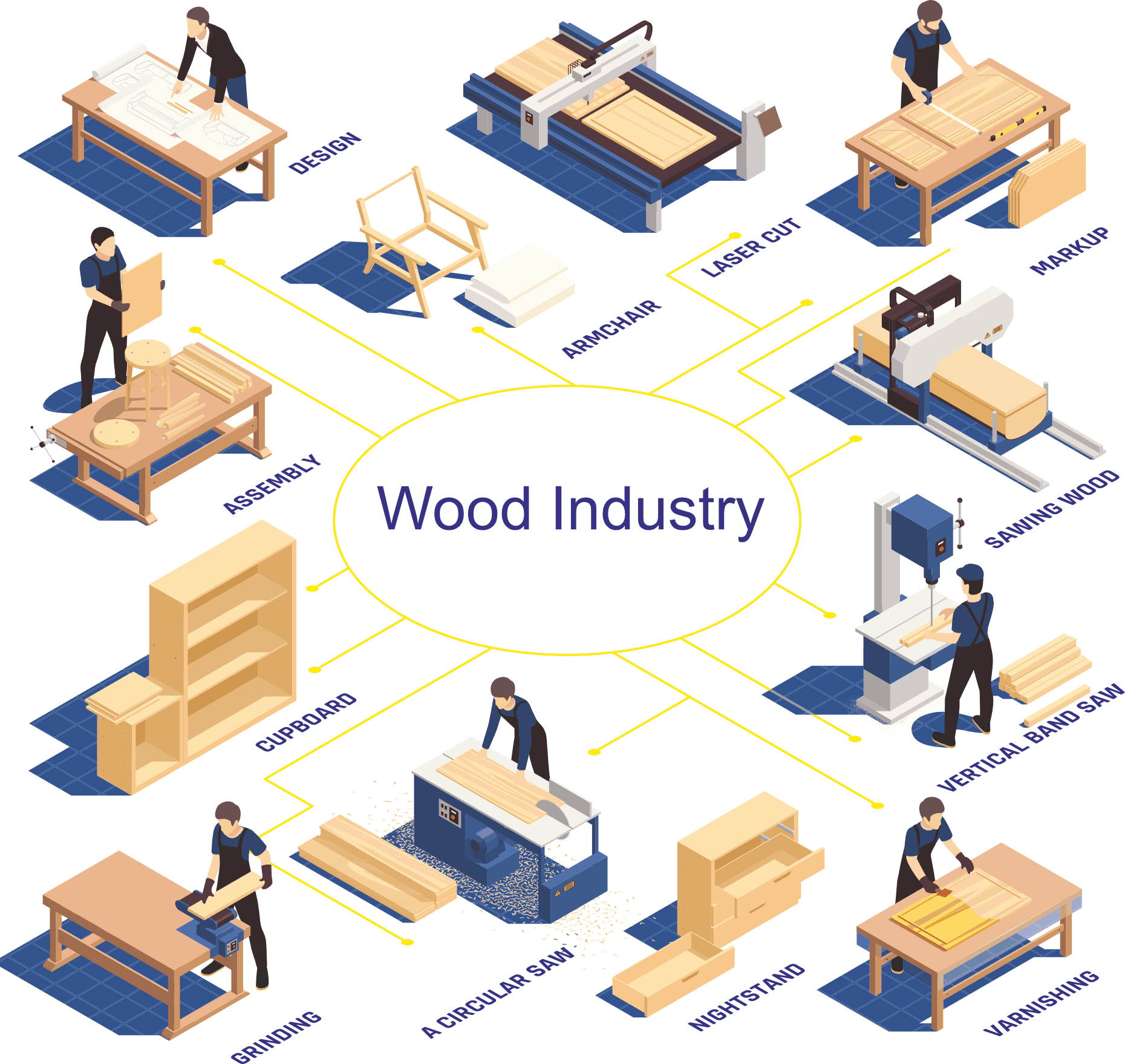
OUR SPECIAL FEATURES
Step 1: Define Factory Timetable
All factories and production lines operate with employees, and due to the nature of human resource availability and attendance, there is limited flexibility in the start and stop times of factory operations. Therefore, in the SFP you can define regulations for shift changes, the number of shifts, and off-days.
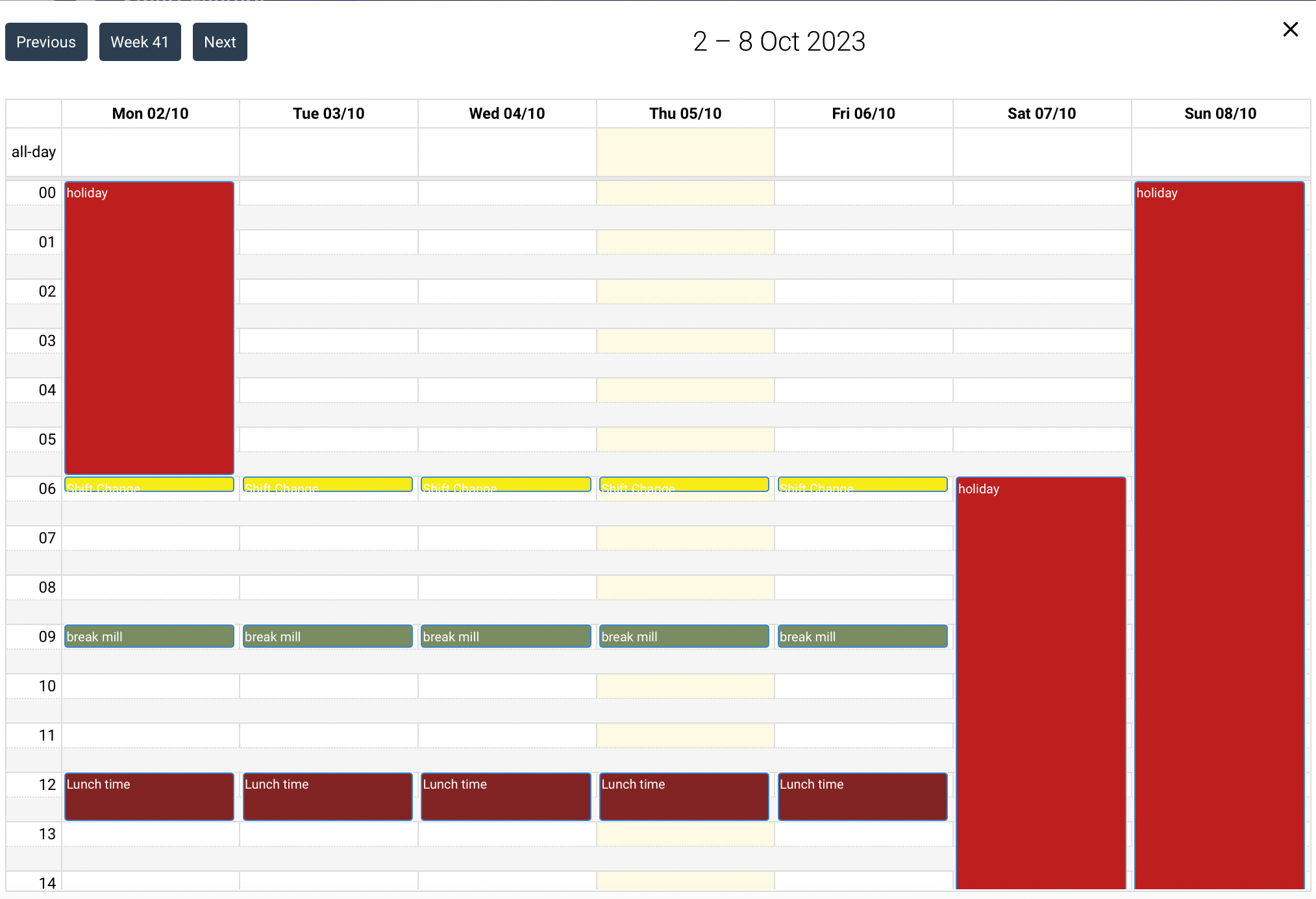
Step 2: Define Machines and the Production limitations
Machines are not available all time and may require preventive maintenance (PM). They can operate automatically, semi-automatically, or manually, and these modes need to be defined before any planning can take place. Additionally, it is important to define the maximum production capacity based on the criticality of the machines

Step 3: Products and Methods
In non-continuous production lines, we use machines for producing various products, and the production methods may vary even with the same machine. Firstly, define the warehouse and machines one by one to be included in the production line.
Next, specify the machine's speed for each product and provide details on other aspects like setup and end times. You can also define any special orders, such as cleaning and other unique actions that must be included in the planning process.
An important consideration is waiting time. For all non-continuous production lines that involve more than one machine, you must determine how long the second machine should wait before starting. If you set the waiting time to 0, the Shift Planning Software (SFP) will schedule the second machine to start working at the same time as the first machine.
Additionally, machines in non-continuous production lines are operated by one or more operators, so you should define the operator capacity, ranging from half an operator to as many as needed. Defining operator capacity is crucial for assigning tasks to operators.
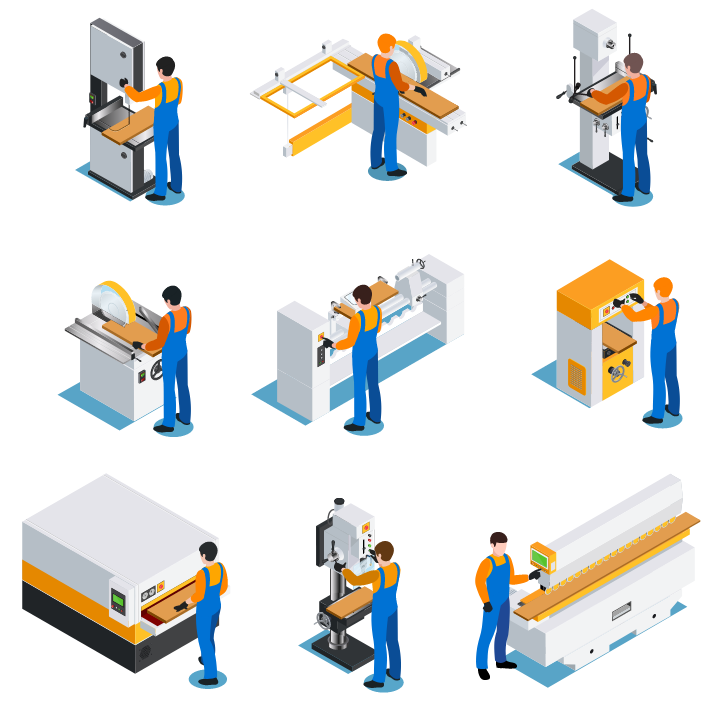
Step 4: Human resource (Operators)
All operators have restricted access, and the access level for every individual with permissions for this software is clearly defined. Furthermore, you can organize your workforce by shifts, determine their expertise level, and prioritize their selection in the production schedule for the current and comming weeks

Step 5: Start Planning
Before beginning the planning process, it is crucial to determine which products are our top priorities for planning and production, as well as their delivery deadlines. It's also important to note that planning in SFP is conducted on a weekly basis.
Experienced planners have traditionally calculated approximate machine cycle times for each product, but now SFP provides a shortcut for all these calculations. The algorithms in SFP are categorized to meet the needs of various planners, and they can be selected for the planning process. Additionally, semi-finished products can be planned with consideration of the inventory levels in the intermediate warehouse.
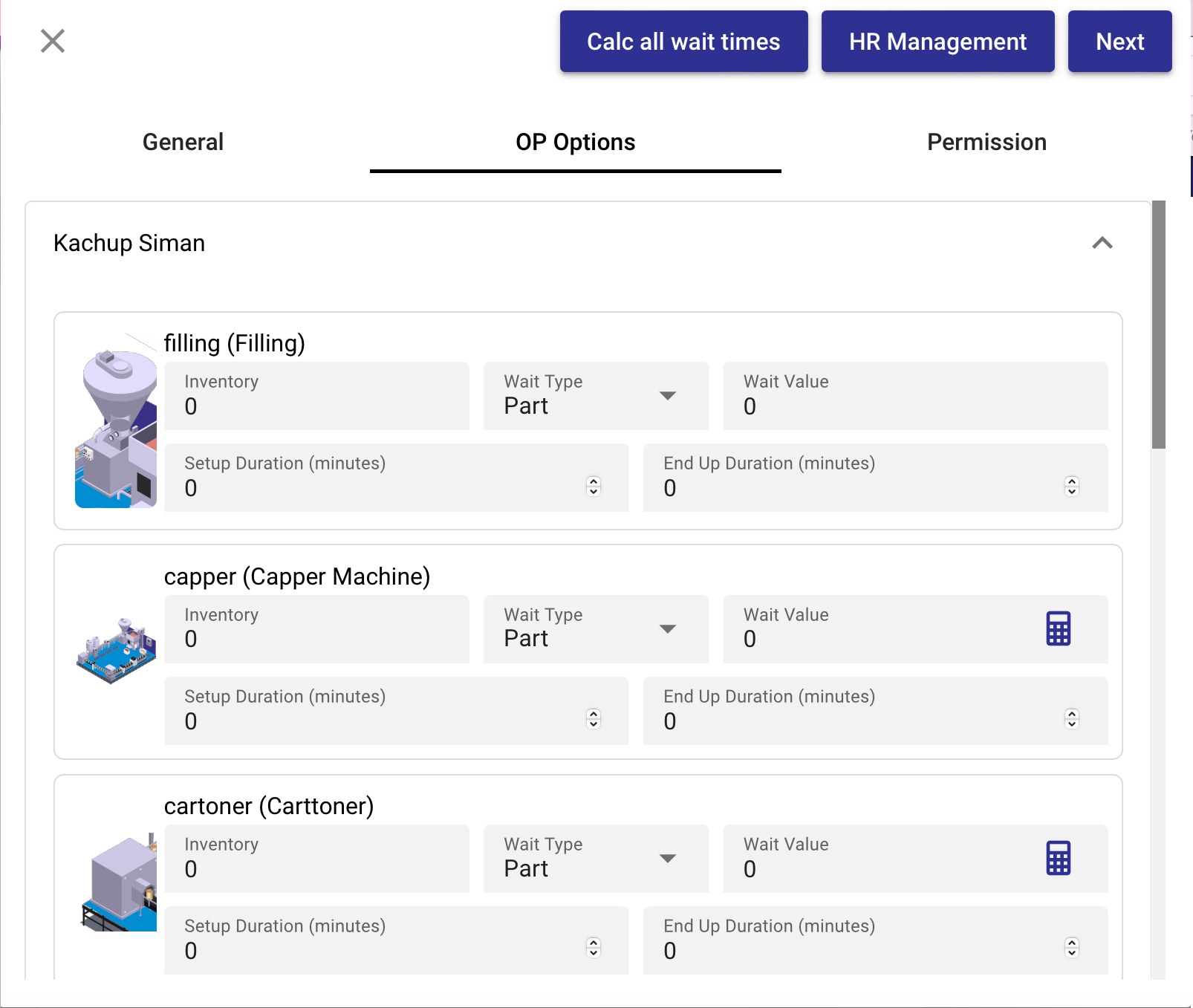
Step6: Auto Operator Assignment
One of the most complex aspects of planning and re-planning is the allocation of tasks and operations to available human resources. This process is often repetitive and susceptible to errors. In SFP, as you plan and assign operators to specific machines and operations, the software will automatically handle the assignment of human resources, and you have the flexibility to make changes at any time.
Operators can monitor their previous contributions, both positive and negative, to the factory's overall targets. Additionally, they can report their daily activities, notify managers of their presence or absence, and track their progress in competency development plans.
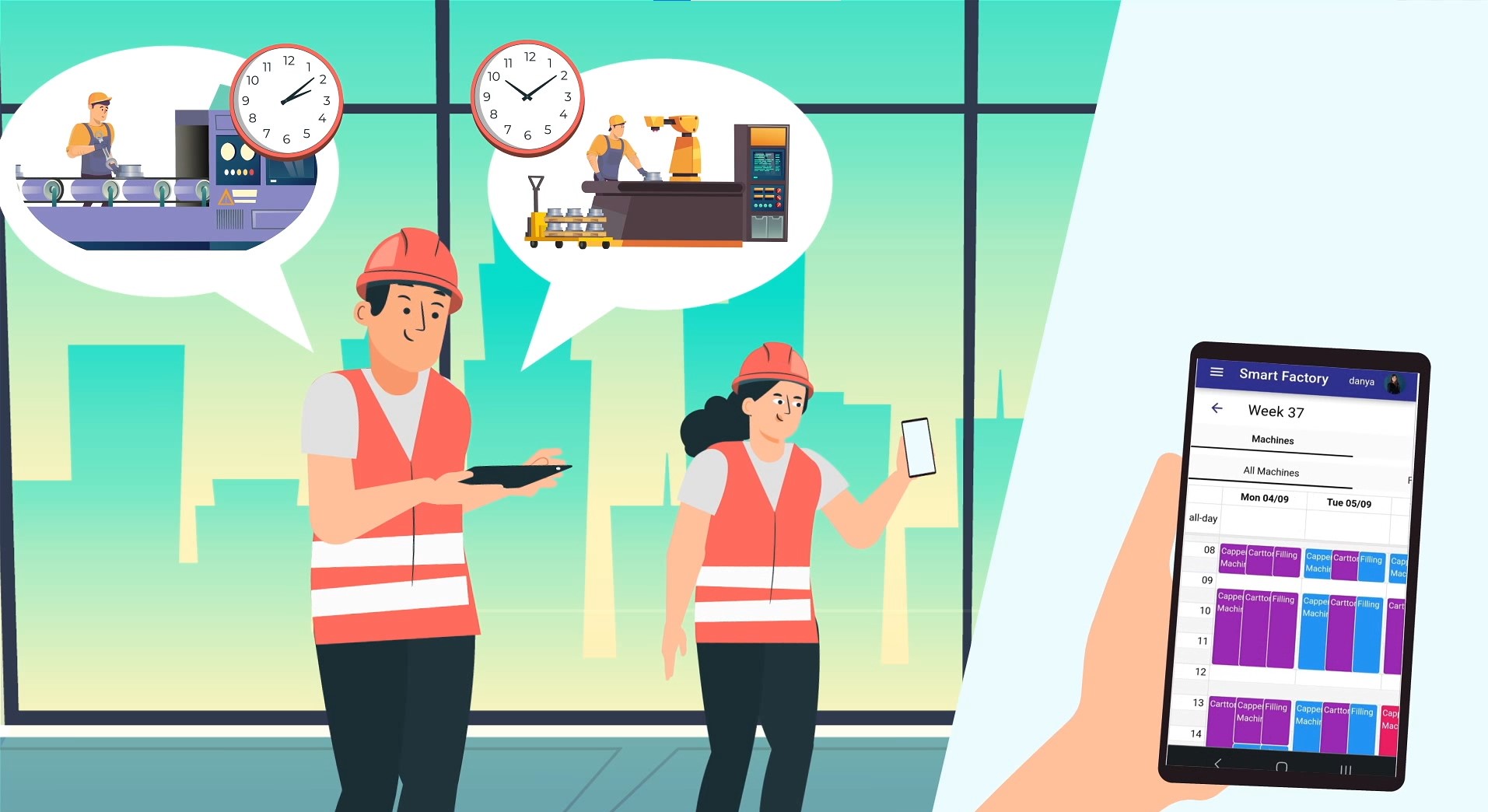
START PROJECT WITH US ?
Let's get in touch